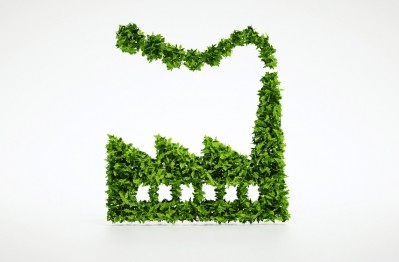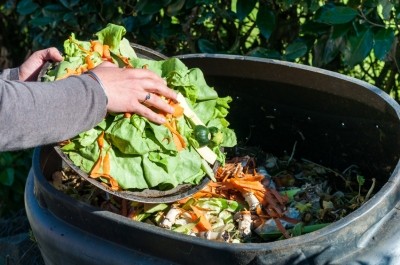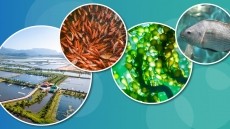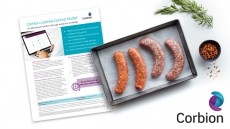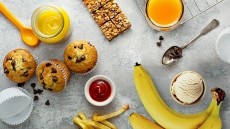What is industry doing to move towards a circular economy?
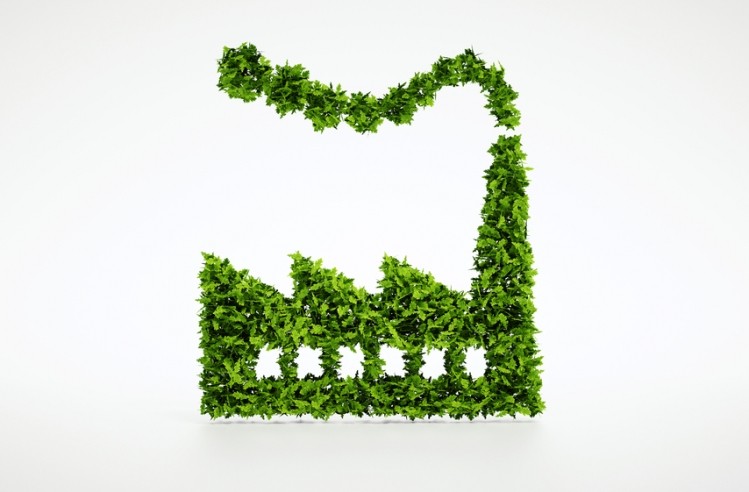
Launched to coincide with World Environment Day, the website gives concrete examples of actions taken by food industry players.
"A circular economy for the food and drink industry means preserving the value of resources (raw materials, water and energy) that go into producing food and drink products for as long as possible, while also paying attention to prevention, resource efficiency, environmental performance, sustainable sourcing and consumer awareness."
Communications director Florence Ranson told FoodNavigator the hope was that the site serves as a reference to show what FDE members already do to save resources and use them efficiently.
"We also hope that seeing some of the examples will inspire other companies which may not yet have put measures into place. Finally, we hope to attract policy-makers' attention with our recommendations so that they see what is concretely needed in the food and drink sector to help implement further a circular economy approach.”
The site was primarily targeted at policy-makers as a way to raise awareness but also to industry itself as it could act as an inspiration, she said.
Green steam and waste water
Steam and heat produced as by-products can be reused at other parts of the manufacturing process where food hygiene laws allow it.
For instance, one Mars factory in Hagenau in France transfers steam from a nearby incineration facility through 1.2 km of underground pipes which is used to melt the chocolate used for M&M’s and to heat the buildings.
This collaboration has slashed the site’s CO2 energy emissions by 60% while this ‘green steam’ meets 90% of the steam requirements for Mars in France.
Packaging is a massive source of waste in the food supply chain but changes can be made to improve energy footprints both in the production process and for the end consumer product. Spanish dairy producer Calidad Pascual has reduced the weight of its PET bottles by 10% and packaging materials overall, meaning 2 million kilos less over the past three years.
Meanwhile Slovenian brewery Pivovarna Lasko uses brewer’s yeast to convert waste water into biogas for its own use through anaerobic digestion. By producing 40% more biogas it has cut natural gas consumption by 18% which equates to savings of €80,000 each year.
Croatian diary producer Belje produces 55,000 tonnes of waste product whey each year. But by shipping 10% of this to a biogas facility and using 90% as pig feed, it now saves €70,000 per year.
In December last year the European Commission approved a revised Circular Economy Package to help European businesses and consumers do business in a more efficient and sustainable way, allocating over €6bn in funding.
The package included legislative proposals to get recycling rates of 65% for municipal waste by 2030; 75% for packaging waste by 2030 and a binding landfill target to reduce landfill to maximum of 10% of all waste by 2030.
First vice-president Frans Timmermans said at its launch: "Our planet and our economy cannot survive if we continue with the 'take, make, use and throw away' approach. We need to retain precious resources and fully exploit all the economic value within them.
“The circular economy is about reducing waste and protecting the environment, but it is also about a profound transformation of the way our entire economy works. By rethinking the way we produce, work and buy we can generate new opportunities and create new jobs."
